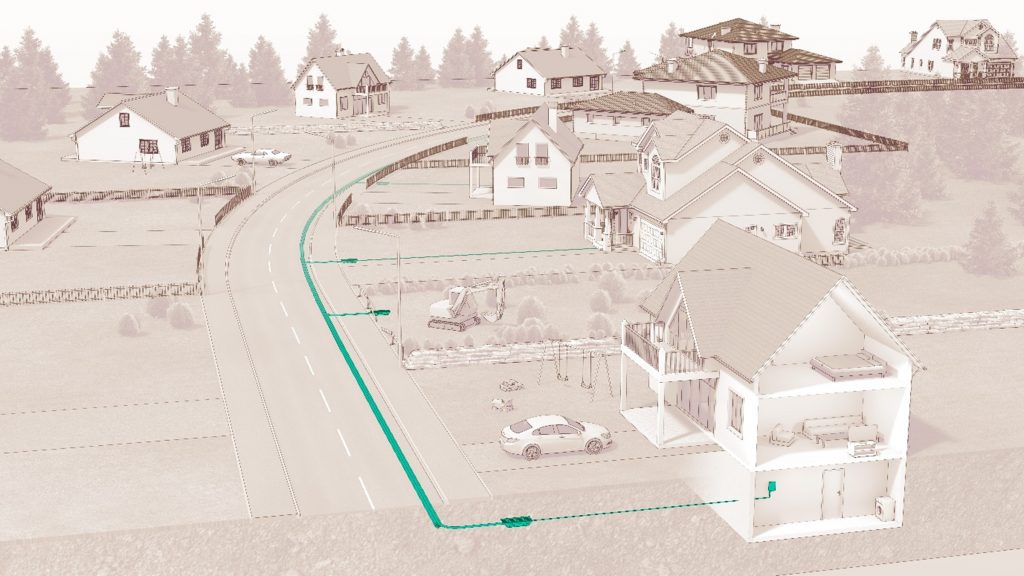Study: FTTH drivers and hurdles in Europe
February 23, 2023

The FTTH Council Europe has published a study on the FTTH/B1 drivers and hurdles in Europe, prepared by Plum Consulting. The study addresses a key challenge for all decision-makers and the industry: the discrepancy between fibre rollouts and take-up rates.
While the FTTH/B rollout coverage in Europe now amounts to 57 per cent and is progressing steadily, the take-up rate is yet to reach the 50 per cent mark, with considerable differences at country level. In practice, this means that only 27 per cent of the population is effectively connected to a full fibre network.
The study analyses the FTTH Council Europe data about the FTTH/B deployment and adoption, looks at the most prominent drivers and hurdles in Europe, and features an in-depth analysis of 8 European countries: Denmark, Germany, France, Italy, Poland, Spain, Sweden, and the UK. The selected countries are either overperforming compared to EU27+UK average or underperforming.
The study provides a set of recommendations based on the key take-up drivers and hurdles as well as the most effective measures identified in the selected countries. The study observes that FTTH/B coverage is a key driver of take-up. Countries with low coverage overall tend to have low take-up rates. There is a virtuous cycle where deployment drives take-up, which in return encourages rapid deployment. The reverse may also be true, as poor take-up may slow deployment. There is a relatively strong negative correlation between take-up and the price of very-high-speed broadband. Not only is the price difference between legacy offers and FTTH/B important in creating attractiveness for fibre offers, but the relative price difference with the alternative solutions, e.g., mobile offers, if too significant, can also push users towards mobile substitution solutions.
Focus on the deployment of FTTC or Docsis 3.1 in the last decade is the biggest hurdle to FTTH/B adoption. Differentiation is harder for FTTH/B offers and consumers are often less eager to upgrade to fibre. This situation is made worse when advertising rules have allowed market players to sell FTTC and/or cable as “fibre”.
“By thorough analysis of FTTH/B markets in several countries in Europe, the study provides valuable insights for both policymakers and industry executives on how to boost the take-up rates,” said Vincent Garnier, Director General of the FTTH Council Europe. “For our fellow citizens and businesses to be able to fully benefit from digital opportunities, the FTTH/B adoption needs to be significantly increased, and the study provides an extremely useful set of policy recommendations that we will communicate to key decision-makers at the EU and national level.”
Based on the study results, the FTTH Council Europe considers that governments pushing for the deployment of FTTH/B networks should target demand-side policy schemes exclusively toward FTTH/B adoption. There needs to be coherence between the deployment and adoption goals.
The study addresses questions on how to best structure voucher schemes and associated programmes, as well as programs designed to address digital literacy issues. Governments, particularly local governments, can play an important role in increasing the awareness about the benefits of fibre connectivity. Awareness can also be addressed through clear advertising rules. Study recommendations also address such topics as copper pricing and the need to accelerate switching off copper assets.
While the study focuses on the recommendations for policymakers, the insights from the selected countries clearly indicate that there are many aspects related to network providers that also need to be addressed. Beyond the actions that can be taken at a political level, the market players need to do their own part to accelerate FTTH/B adoption.
